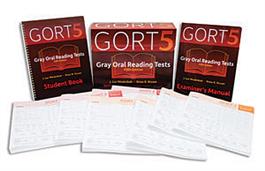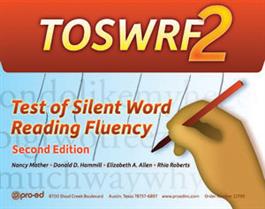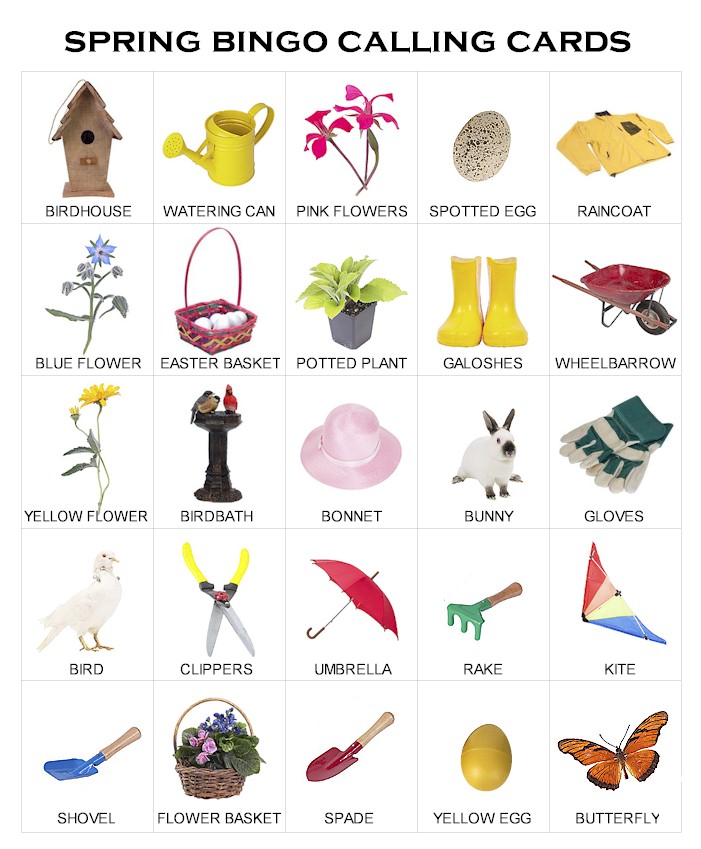Today due to popular demand I am reviewing The Test of Written Language-4 or TOWL-4. TOWL-4 assesses the basic writing readiness skills of students 9:00-17:11 years of age. The tests consist of two forms – A and B, (which contain different subtest content).
According to the manual, the entire test takes approximately 60-90 minutes to administer and examines 7 skill areas. Only the “Story Composition” subtest is officially timed (the student is given 15 minutes to write it and 5 minutes previous to that, to draft it). However, in my experience, each subtest administration, even with students presenting with mild-moderately impaired writing abilities, takes approximately 10 minutes to complete with average results (can you see where I am going with this yet?)
For detailed information regarding the TOWL-4 development and standardization, validity and reliability, please see HERE. However, please note that the psychometric properties of this test are weak.
Below are my impressions (to date) of using this assessment with students between 11-14 years of age with (known) mild-moderate writing impairments.
Subtests:
1. Vocabulary – The student is asked to write a sentence that incorporates a stimulus word. The student is not allowed to change the word in any way, such as write ‘running’ instead of run’. If this occurs, an automatic loss of points takes place. The ceiling is reached when the student makes 3 errors in a row. While some of the subtest vocabulary words are perfectly appropriate for younger children (~9), the majority are too simplistic to assess the written vocabulary of middle and high schoolers. These words may work well to test the knowledge of younger children but they do not take into the account the challenging academic standards set forth for older students. As a result, students 11+ years of age may pass this subtest with flying colors but still present with a fair amount of difficulty using sophisticated vocabulary words in written compositions.
2/3. Spelling and Punctuation (subtests 2 and 3). These two subtests are administered jointly but scored separately. Here, the student is asked to write sentences dictated by the examiner using appropriate rules for spelling and punctuation and capitalization. Ceiling for each subtest is reached separately. It occurs when the student makes 3 errors in a row in each of the subtests. In other words, if a student uses correct punctuation but incorrect spelling, his/her ceiling on the ‘Spelling’ subtest will be reached sooner then on the ‘Punctuation’ subtest and vise versa. Similar to the ‘Vocabulary‘ subtest I feel that the sentences the students are asked to write are far too simplistic to showcase their “true” grade level abilities.
The requirements of these subtests are also not too stringent. The spelling words are simple and the punctuation requirements are very basic: a question mark here, an exclamation mark there, with a few commas in between. But I was particularly disappointed with the ‘Spelling‘ subtest. Here’s why. I have a 6th-grade client on my caseload with significant well-documented spelling difficulties. When this subtest was administered to him he scored within the average range (Scaled Score of 8 and Percentile Rank of 25). However, an administration of Spelling Performance Evaluation for Language and Literacy – SPELL-2, yielded 3 assessment pages of spelling errors, as well as 7 pages of recommendations on how to remediate those errors. Had he received this assessment as part of an independent evaluation from a different examiner, nothing more would have been done regarding his spelling difficulties since the TOWL-4 revealed an average spelling performance due to its focus on overly simplistic vocabulary.
4. Logical Sentences – The student is asked to edit an illogical sentence so that it makes better sense. Ceiling is reached when the student makes 3 errors in a row. Again I’m not too thrilled with this subtest. Rather than truly attempting to ascertain the student’s grammatical and syntactic knowledge at sentence level a large portion of this subtest deals with easily recognizable semantic incongruities.
5. Sentence Combining – The student integrates the meaning of several short sentences into one grammatically correct written sentence. Ceiling is reached when the student makes 3 errors in a row. The first few items contain only two sentences which can be combined by adding the conjunction “and”. The remaining items are a bit more difficult due to the a. addition of more sentences and b. increase in the complexity of language needed to efficiently combine them. This is a nice subtest to administer to students who present with difficulty effectively and efficiently expressing their written thoughts on paper. It is particularly useful with students who write down a lot of extraneous information in their compositions/essays and frequently overuse run-on sentences.
6. Contextual Conventions – The student is asked to write a story in response to a stimulus picture. S/he earn points for satisfying specific requirements relative to combined orthographic (E.g.: punctuation, spelling) and grammatical conventions (E.g.: sentence construction, noun-verb agreement). The student’s written composition needs to contain more than 40 words in order for the effective analysis to take place.
The scoring criteria ranges from no credit or a score of 0 ( based on 3 or more mistakes), to partial credit, a score of 1 (based on 1-2 mistakes) to full a credit – a score of 3 (no mistakes). There are 21 scoring parameters which are highly useful for younger elementary-aged students who may exhibit significant difficulties in the domain of writing. However, older middle school and high-school aged students as well as elementary aged students with moderate writing difficulties may attain average scoring on this subtest but still present with significant difficulties in this area as compared to typically developing grade level peers. As a result, in addition to this assessment, it is recommended that a functional assessment of grade-level writing also be performed in order to accurately identify the student’s writing needs.
7. Story Composition – The student’s story is evaluated relative to the quality of its composition (E.g.: vocabulary, plot, development of characters, etc.). The examiner first provides the student with an example of a good story by reading one written by another student. Then, the examiner provides the student with an appropriate picture card and tell them that they need to take time to plan their story and make an outline on the (also provided) scratch paper. The student has 5 minutes to plan before writing the actual story. After the 5 minutes, elapses they 15 minutes to write the story. It is important to note that story composition is the very first subtest administered to the student. Once they complete it they are ready to move on to the Vocabulary subtest. There are 11 scoring parameters that are significantly more useful for me to use with younger students as well as significantly impaired students vs. older students or students with mild-moderate writing difficulties. Again if your aim is to get an accurate picture of the older students writing abilities I definitely recommend the usage of clinical writing assessment rubrics based on the student’s grade level in order to have an accurate picture of their abilities.
OVERALL IMPRESSIONS:
Strengths:
- A thorough assessment of basic writing areas for very severely impaired students with writing deficits
- Flexible subtest administration (can be done on multiple occasions with students who fatigue easily)
Limitations:
- Untimed testing administration (with the exception of story composition subtests) is NOT functional with students who present with significant processing difficulties. One 12-year-old student actually took ~40 minutes to complete each subtest.
- Primarily useful for students with severe deficits in the area of written expression
- Not appropriate for students with mild-moderate needs (requires suplementation)
- Lack of remediation suggestions based on subtest deficits
- Weak psychometric properties
Overall, TOWL-4 can be a useful testing measure for ruling out weaknesses in the student’s basic writing abilities, with respect to simple vocabulary, sentence construction, writing mechanics, punctuation, etc. If I identify previously unidentified gaps in basic writing skills I can then readily intervene, where needed, if needed. However, it is important to understand that the TOWL-4 is only a starting point for most of our students with complex literacy needs whose writing abilities are above severe level of functioning. Most students with mild-moderate writing difficulties will pass this test with flying colors but still present with significant writing needs. As a result I highly recommend a functional grade-level writing assessment as a supplement to the above-standardized testing.
References:
Hammill, D. D., & Larson, S. C. (2009). Test of Written Language—Fourth Edition. (TOWL-4). Austin, TX: PRO-ED.
Disclaimer: The views expressed in this post are the personal impressions of the author. This author is not affiliated with PRO-ED in any way and was NOT provided by them with any complimentary products or compensation for the review of this product.






 The Test of Silent Word Reading Fluency (TOSWRF-2)
The Test of Silent Word Reading Fluency (TOSWRF-2) 

 Practice effect is the change in performance resulting from repeated testing. In other words if a test is given to the child too soon, then his/her performance may improve due to the practice effect (remembering the test items).
Practice effect is the change in performance resulting from repeated testing. In other words if a test is given to the child too soon, then his/her performance may improve due to the practice effect (remembering the test items). Today two of my guest bloggers Drs. Stella Fulman and Zhanneta Shapiro explain the importance of pediatric hearing tests beyond the newborn screenings.
Today two of my guest bloggers Drs. Stella Fulman and Zhanneta Shapiro explain the importance of pediatric hearing tests beyond the newborn screenings. Back in late February I did a guest post for Teach Speech 365. In case you missed it I am running it again on my blog since spring is now in full bloom!
Back in late February I did a guest post for Teach Speech 365. In case you missed it I am running it again on my blog since spring is now in full bloom!